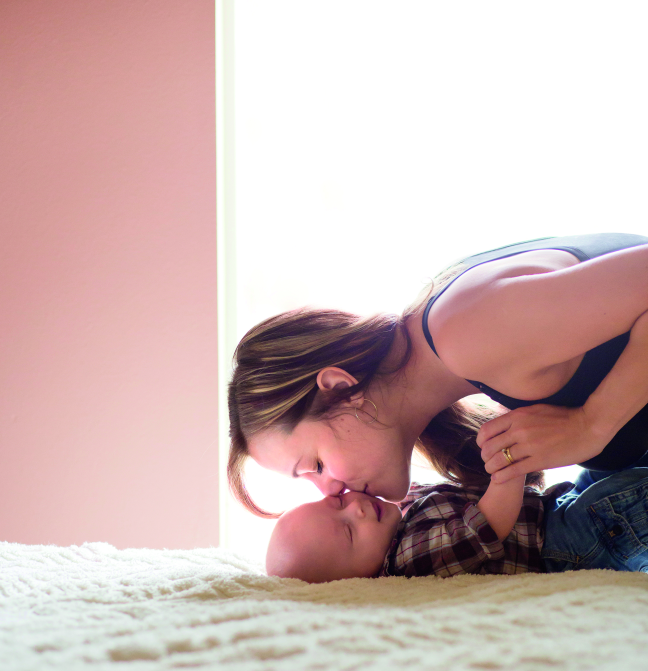-
Your concerns
Our articles to help you gain a better understanding
-
Our solutions
-
DUCRAY Dermatological Laboratories
Our articles to help you gain a better understanding

Cradle cap in babies, also known as infant seborrheic dermatitis, occurs very frequently in young children.
Cradle cap affects about two thirds of babies(1). It appears during the first six months of life and can sometimes last until the child is 2 or 3 years old. The term cradle cap is exclusively reserved for children. We do not refer to cradle cap in adults but rather to seborrheic dermatitis.
Contrary to popular belief, cradle cap in infants has nothing to do with poor hygiene or feeding. Cradle cap is sometimes referred to as milk crusts but this name is simply due to the resemblance of these crusts with milk that has overflowed from a saucepan and dried on a hotplate.
At the end of pregnancy, certain maternal hormones are passed on to the child. It is these hormones that stimulate the sebaceous glands and cause hyper-seborrhea, which is in turn the cause of cradle cap in babies.
This excess of sebum, produced by the sebaceous glands located at the root of the hair, traps the dead cells, also called scales, and agglutinates them to form what is known as cradle cap.
In addition, the sebum, rich in lipids, promotes the proliferation of lipophilic yeasts of the Malassezia genus, a yeast naturally present on the surface of the skin.
The association of a significant presence of Malassezia with hyper-seborrhea is responsible for this condition.
When the whole body is affected, which happens only exceptionally, it is called Leiner’s disease.
This condition is usually characterized by involvement of the buttocks and folds of the buttocks, extending to the sex, abdomen and sometimes the baby’s entire body. Although the spread of symptoms can be worrisome, it is a benign disease that is not serious.
It is recommended that you consult your family physician so that they can prescribe the necessary treatment. Generally, an antiseptic is prescribed to prevent infection of the lesions, a fatty substance to soften the crusts, a keratolytic treatment to help eliminate them and sometimes an antifungal for external use to limit yeast proliferation.
C Moises-Alfaro et al, In J Dermatol 2002, 41, 349-351
Cradle cap